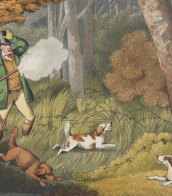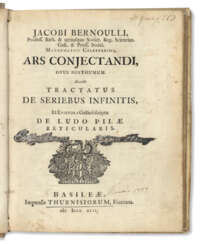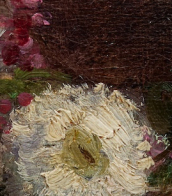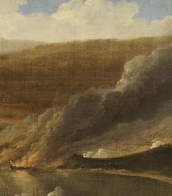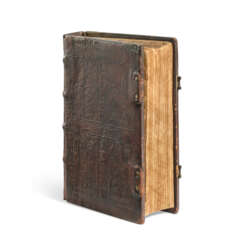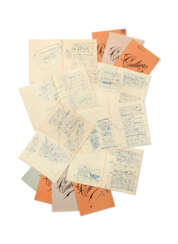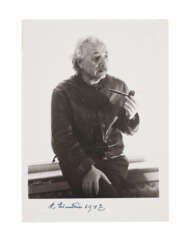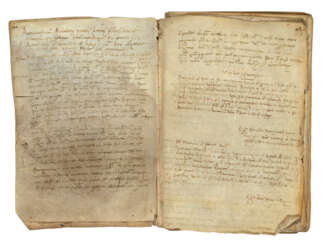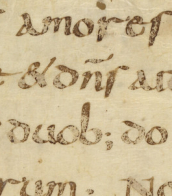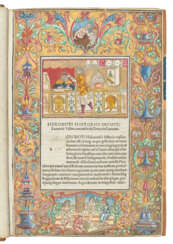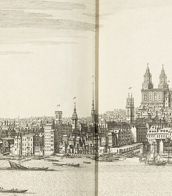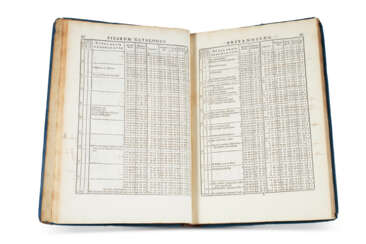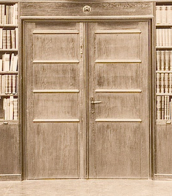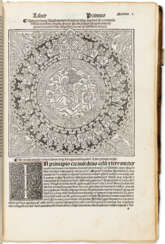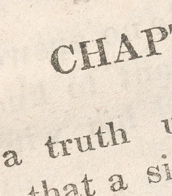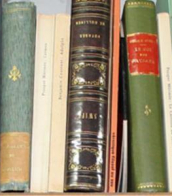annot jacobi
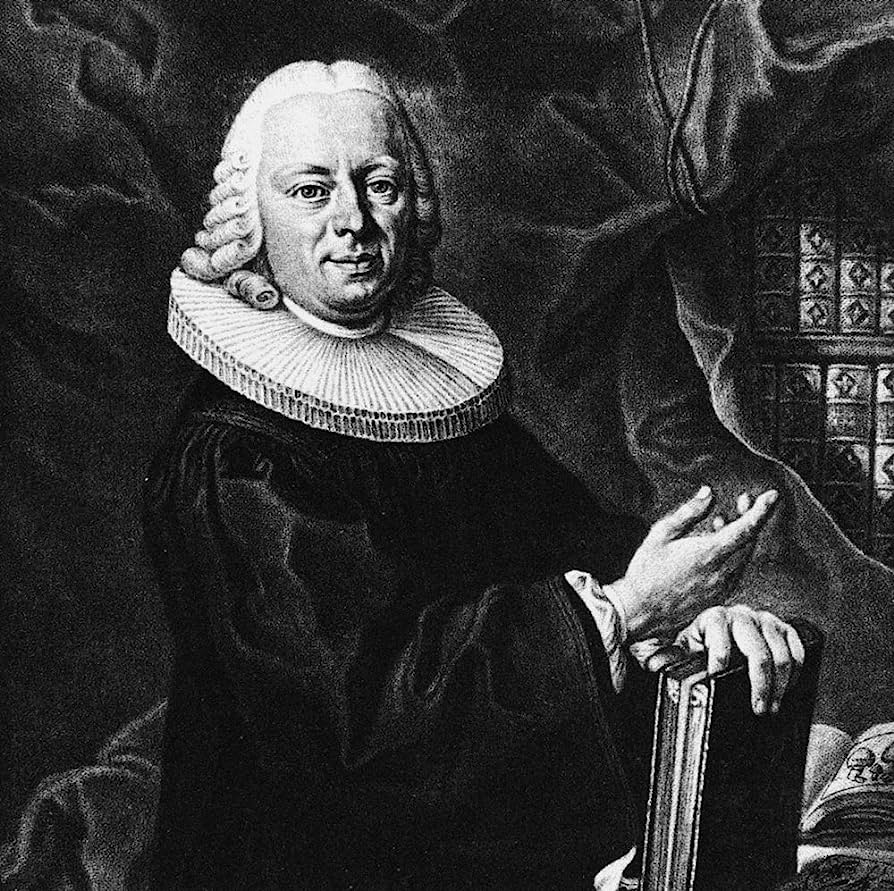
Jacob Christian Schäffer was a German inventor, naturalist, entomologist and mycologist.
Schäffer was a very versatile scientist. He is best known for his work in mycology (the study of fungi), but his most important publication was undoubtedly a book on daphnia or water fleas.
Schäffer also published reference books on pharmaceuticals and medicinal herbs. He conducted experiments on electricity, colors, and optics, and invented the manufacture of prisms and lenses. He invented the washing machine, designs for which he published in 1767, and studied ways to improve paper production.
Schäffer was a professor at the Universities of Wittenberg and Tübingen, a member of the Royal Society of London, and a correspondent of the French Academy of Sciences.
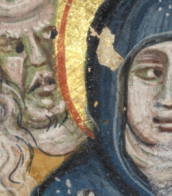

Jacob Gerritsz. Cuyp was a Dutch painter-painter and illustrator of the Golden Age, the elder brother of Benjamin Gerritsz. Cuyp. He was a member of the Dordrecht and Utrecht Guilds of St. Luke's. The prolific painter produced a large number of portraits, including many portraits of children. He also painted historical, biblical and genre scenes, still lifes and landscapes.
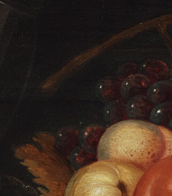
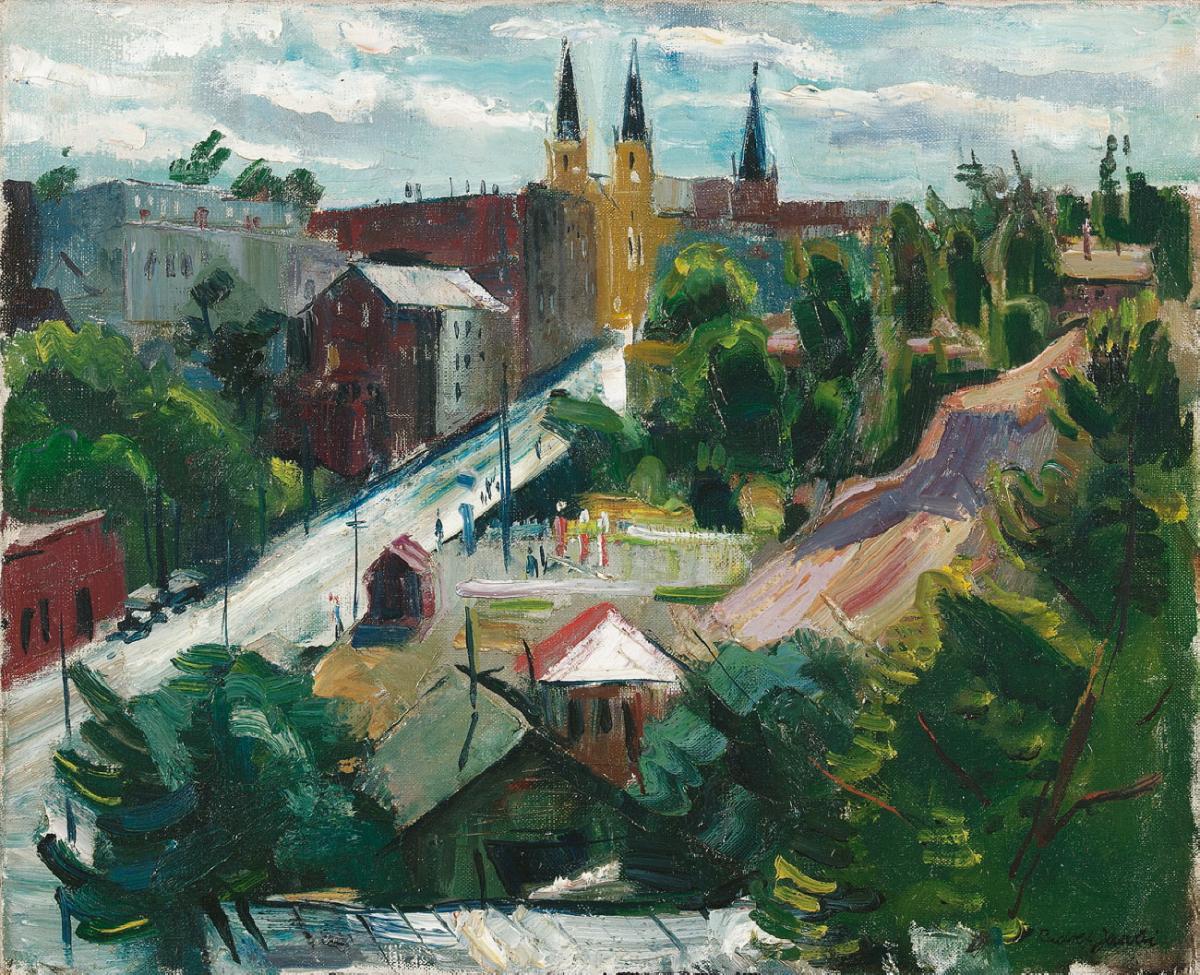
Rudolf Jacobi was a German landscape painter who worked in a variety of styles.
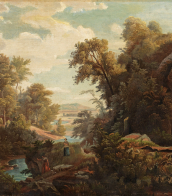
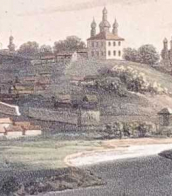
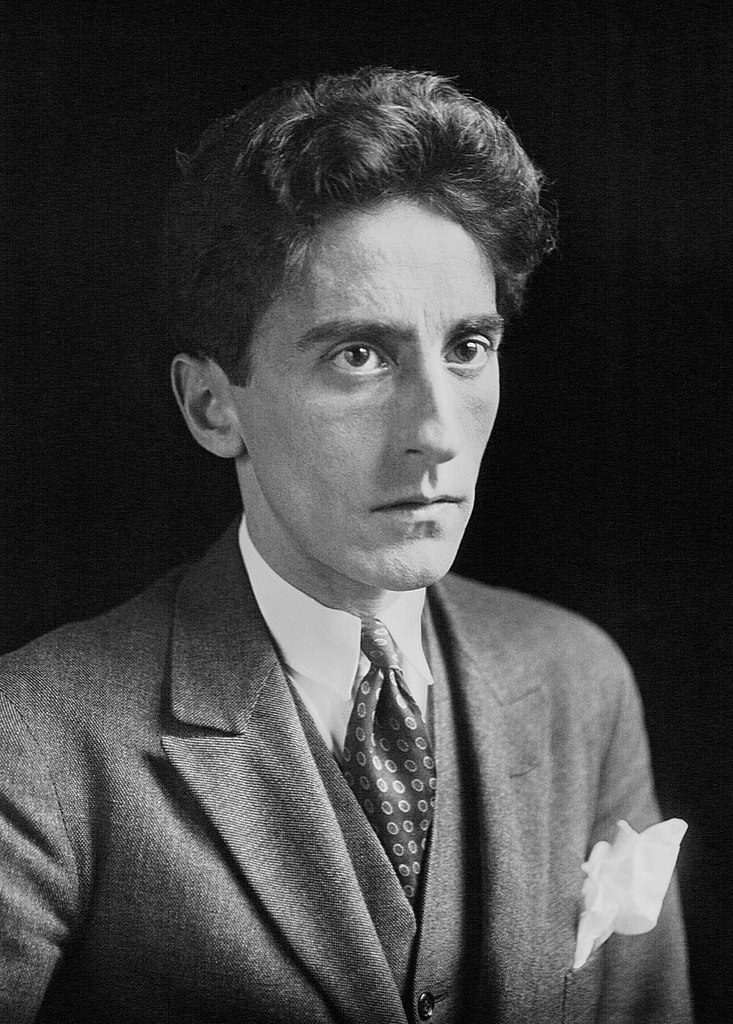
Jean Maurice Eugène Clément Cocteau was a French poet, playwright, novelist, designer, filmmaker, visual artist and critic. He was one of the foremost creatives of the surrealist, avant-garde, and Dadaist movements; and one of the most influential figures in early 20th-century art as a whole. The National Observer suggested that, “of the artistic generation whose daring gave birth to Twentieth Century Art, Cocteau came closest to being a Renaissance man.”
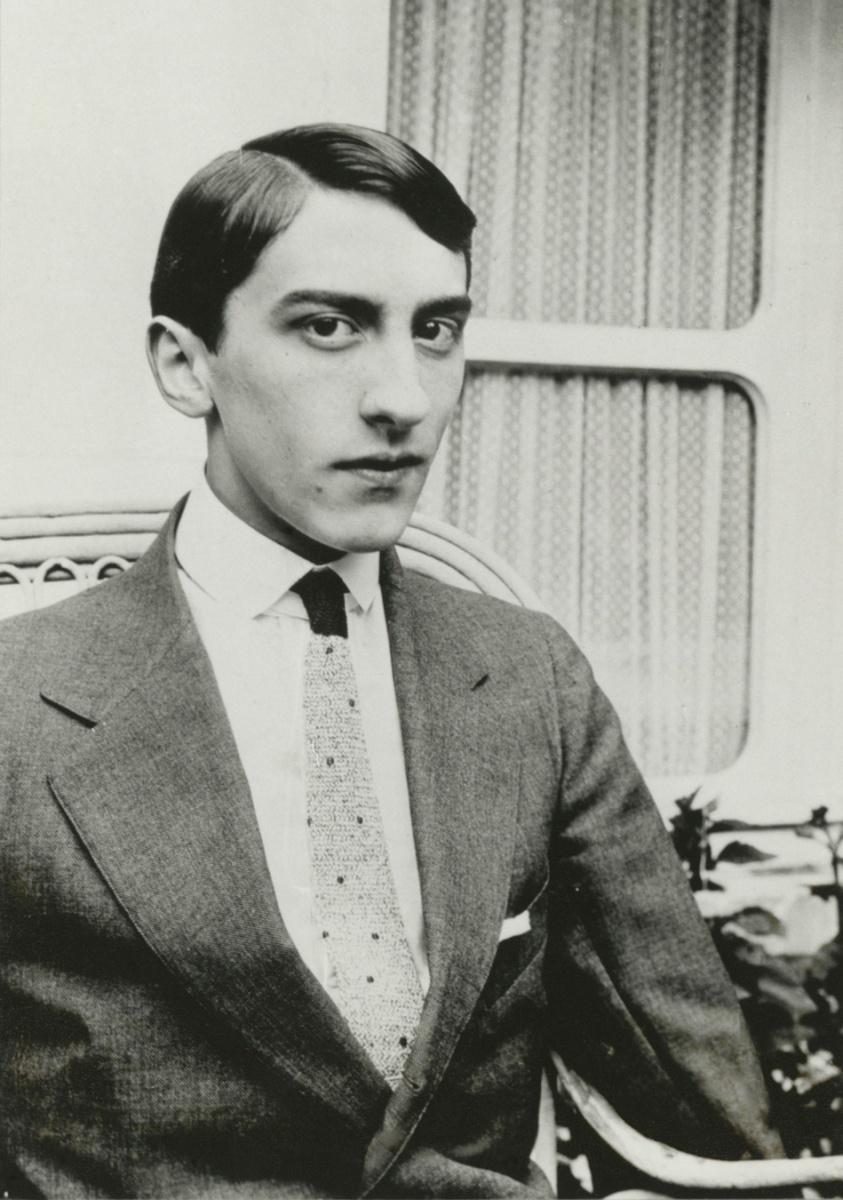
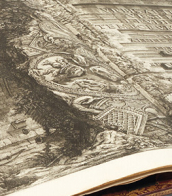
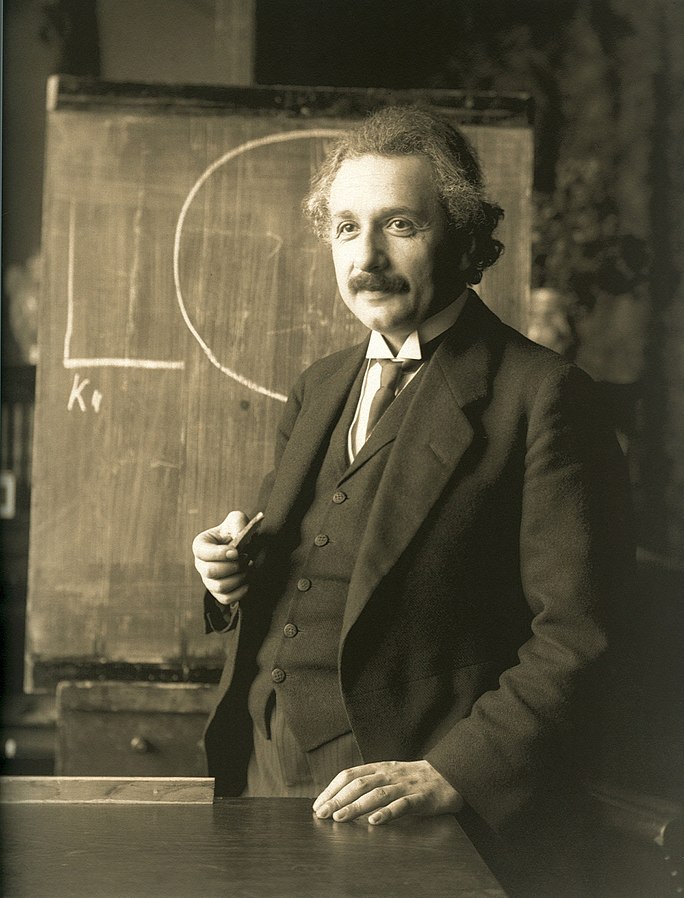
Albert Einstein was a German-born theoretical physicist, widely acknowledged to be one of the greatest and most influential physicists of all time. Einstein is best known for developing the theory of relativity, but he also made important contributions to the development of the theory of quantum mechanics. Relativity and quantum mechanics are together the two pillars of modern physics. His mass–energy equivalence formula E = mc2, which arises from relativity theory, has been dubbed "the world's most famous equation". His work is also known for its influence on the philosophy of science. He received the 1921 Nobel Prize in Physics "for his services to theoretical physics, and especially for his discovery of the law of the photoelectric effect", a pivotal step in the development of quantum theory. His intellectual achievements and originality resulted in "Einstein" becoming synonymous with "genius".
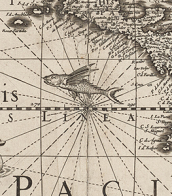

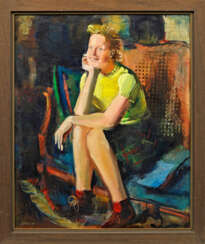




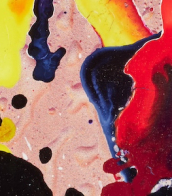


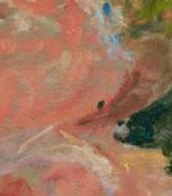




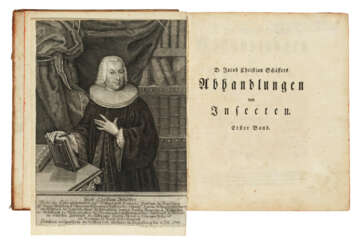

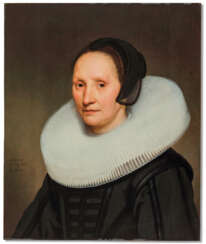

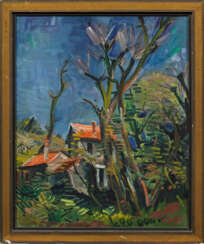

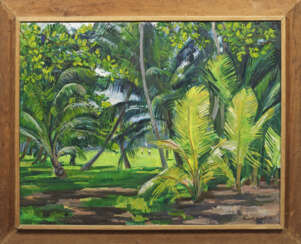





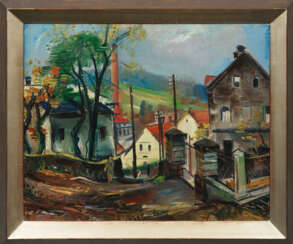

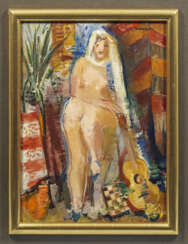

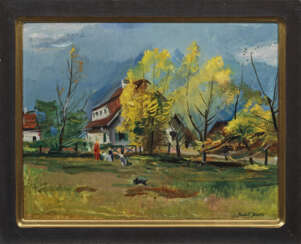

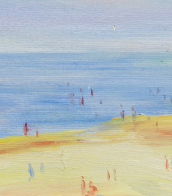


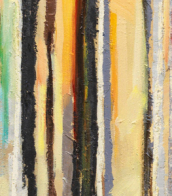
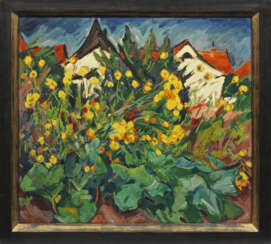



![[RIETER, Jacob (1758-1823) and Johannes SENN (1780-1861)]](/assets/image/picture_2943219/63101/9d4a145265e680e4ac1c0b6a5dbe31071689199200jpg__fix_374_244.jpeg)
![[RIETER, Jacob (1758-1823) and Johannes SENN (1780-1861)]](https://veryimportantlot.com/assets/image/picture_2943219/63101/9d4a145265e680e4ac1c0b6a5dbe31071689199200jpg__fix_374_244.jpeg)
